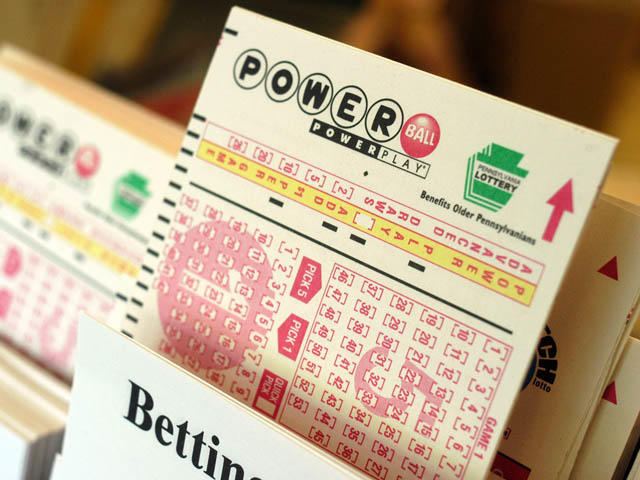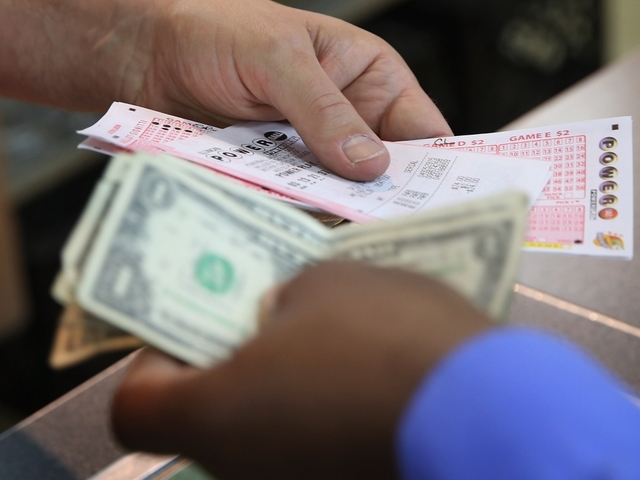Ever since the first lottery draw in history, back in the 3rd century B.C. in China, man has not stopped looking for the formula to become a millionaire in the fast lane through games of chance. Characters such as Voltaire, taking advantage of a legal loophole and the financial knowledge of his friend De la Condomine at the beginning of the 18th century, or Stefan Mandel, winning 14 times the lottery in the 1960s by winning thousands of tickets in small draws.
Much more recently, in 2010, professors and civil servants at Bradford University and College in West Yorkshire, UK, developed a strategy to win the lottery that would end up making them rich. They did so after a very long and exhaustive study that started from the hypothesis that the “luck factor” can be minimized.
After eight years of playing without following any strategy and without winning a single prize, the 17 participants from the British university – including several mathematicians – used the 49-number method to pocket a whopping 5.3 million pounds (almost eight million euros at that day’s exchange rate).
The 49-number method
The system works like this: the 49 numbers that can be played are written on cut-out pieces of paper and placed in a box. Once there, eight people approach the box and take six numbers each, leaving one number left over. This number is used to start a new round of drawing another six numbers by the next group of participants. Each round serves to complete one line of the ticket. At the end of this process, each number appears at least twice in the 17 lines and four times in three lines.
Before placing each bet, they revealed, they used computer software capable of recording all the winning numbers and cross-referencing them with the selection made by the study group members to look for patterns. After four years of playing weekly and perfecting their method, they ended up finding the combination 15, 18, 23, 31, 37, 49, with 38 as a complementary, of the first prize.
It is, however, particularly striking that, since that occasion, there is no record that they have won the lottery again. Something that can only mean two things: Either they have stopped playing because of the difficulty of winning again after four years of trying with only one jackpot, or their victory has more to do with chance than with the 49-number method.
More than eight million with an investment system
Continuing with university studies and the search for an algorithm capable of anticipating the winning numbers in lotteries, a group of MIT students discovered a ‘trick’ with which to line their pockets in those lotteries in which, when the jackpot was not awarded, the accumulated amount was distributed in small prizes. According to Time magazine, they were able to demonstrate that in these lotteries, buying around 100,000 dollars in participation, success was practically guaranteed. As they ended up proving, every time the investments reached 600,000 dollars, they obtained a return on investment of between 15% and 20%.
Unlike the British, the Americans kept playing and winning until they had accumulated more than 8 million dollars. This feat led several of the members of this study group to abandon their university careers to make the most of their discovery with the help of large investors. Their success was such that the authorities stopped all raffles for a year. Despite the many investigations carried out, it was never proven that the winners had committed fraud.

Joan Ginther, the luckiest woman in the world
However, if there is a formula for winning the lottery, it is in the hands of Joan Ginther, an American woman who has managed to win the lottery’s first prize on four occasions, in addition to more than twenty smaller prizes for a total value of several tens of millions of dollars. That is why she is known as the luckiest person on the planet.
The appellation does not come short if we take into account that, as Business Insider published at the time echoing his luck, the probability of winning the lottery four times is one in eighteen septillions. So few that, according to statisticians, it is normal for a person to have the same luck once every four billion years.
His story, as was to be expected, did not take long to hit the media, provoking all kinds of reactions. One of the most striking came from the friends of mystery, who were quick to refer to Ginther as a true master of “visualization techniques”. Beyond the considerations made by followers of the paranormal, if there was one thing everyone agreed on, it was that this woman was more than just lucky.

